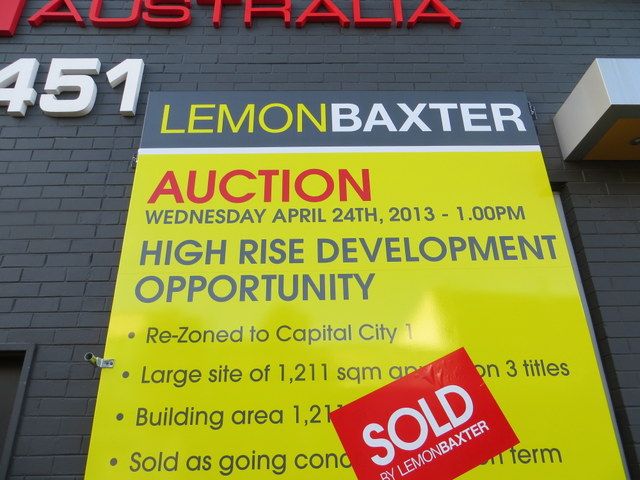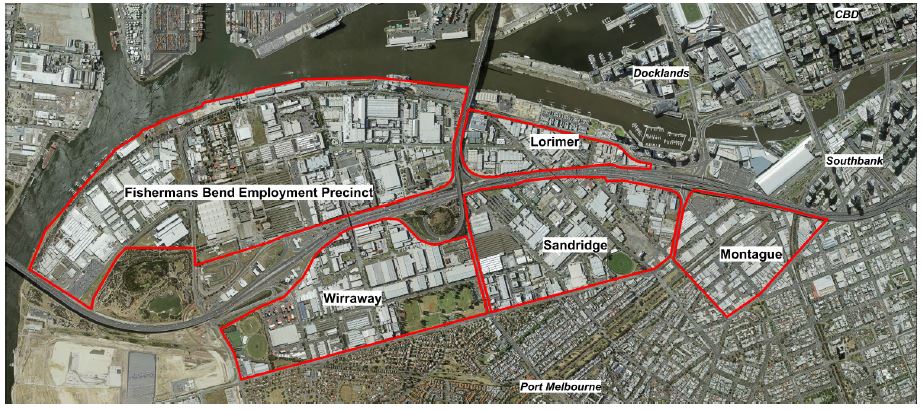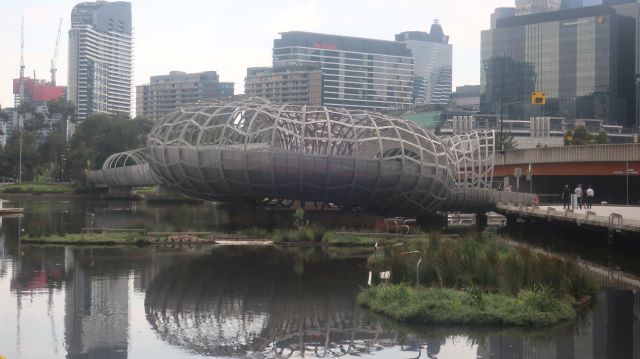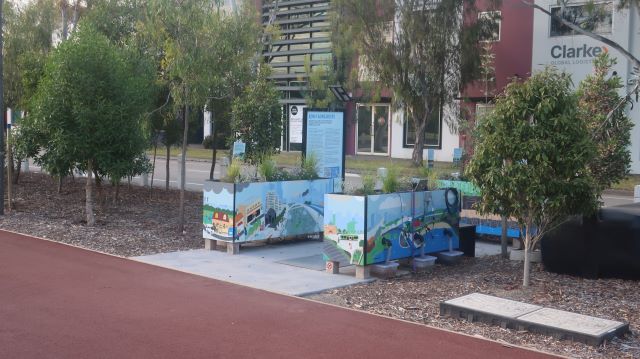
Reasons for optimism
On 3 December 2014, Port Places wrote: ‘The election of the Labor government is an opportunity to pause and re-think Fishermans Bend as a wholistic urban renewal project not just focused on exciting architecture but on community infrastructure, transport and open space within a sustainability framework.’
On Friday 17 April 2015, Planning Minister Richard Wynne announced a review of planning for Fishermans Bend.
Fishermans Bend Network, along with a chorus of academics, eminent planners and community members had called for such a review.
The announcement includes the remaining part of Fishermans Bend as a fifth precinct focused on business and employment. Integrating urban renewal with jobs creation makes sense, as does including the rest of Fishermans Bend in the urban renewal area. With the departure of Holden and Toyota, it is the right time to create a favourable environment for new jobs in contemporary industries in this strategic location. Fishermans Bend is already emerging as a place for data centre and cloud computing services with Equinix and NEXTDC locating on Lorimer Street. NEXTDC also features a 400kW rooftop photovoltaic solar array – the largest privately funded installation in Australia. Hopefully wide spread uptake of rooftop solar and other energy and sustainability initiatives will be the way of the future for Fishermans Bend.
Instead of focusing on residential renewal, this urban renewal project could stimulate new industries with the creative energy that characterised the emergence of Fishermans Bend as a site of industrial manufacturing in the 1930s.
The Minister’s statement responds to sensitivities in the community. Rather than ‘soulless skylines’ he promises to ‘create a place with true heart and soul’. Rather than a developer led approach, the review undertakes to work with local government, business, residents, and development partners.
Permits issued by the previous planning minister have left a legacy in Montague that has created a difficult situation for the rest of that precinct. Montague demands a nuanced response to the context that has been absent so far. Extremely large development sites are cheek by jowl with very small sites, creating challenges for the transitions between them. If managed with care, it could potentially result in an interesting mix of development. The interim height controls are welcome. But height limits are only one component of creating a place with ‘heart and soul’. The public transport, open space, community facilities and schools are all necessary ingredients.
The former Minister’s fateful decision to re-zone the Fishermans Bend Urban to Capital City Zone in early 2012 in advance of a resolved planning framework has resulted in a huge gains for property owners at the expense of the public interest. It is value that can’t be recovered. The development frenzy of 2012/13 has given way to a more measured approach.
With the Government’s huge, and welcome, commitment to Melbourne Metro, public transport to support this massive expansion of Fishermans Bend looks a long way off. The engagement processes announced in the review are encouraging but significant challenges remain to ensure ‘the once in a lifetime opportunity is properly realised.’
Taking the time to develop a more thoughtful plan with the involvement of an expert Advisory Committee supported by engagement with local government, developers, business and residents is a preferable way to go about a longer term urban renewal plan that is sensitive to climate realities.
More:





Leave a Reply